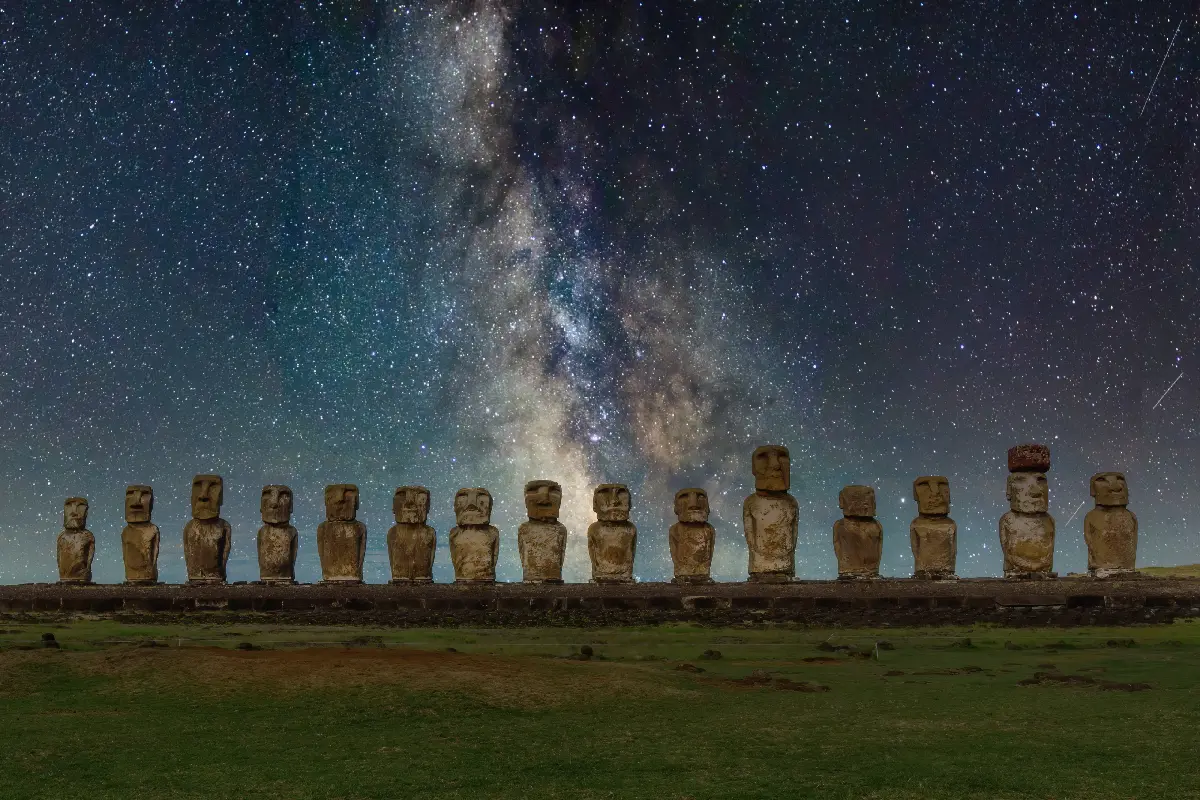Nestled within the annals of time are enigmatic landmarks, colossal structures, and coded languages that have stood the test of centuries, if not millennia. Despite the advances in technology and the meticulous research conducted by historians and archaeologists alike, there remain ancient sites around the world that continue to baffle and provoke wonder amongst scholars and enthusiasts. Below, we delve into five of the most cryptic, ancient sites that, to this day, science grapples with to unravel their mysteries.

First on the list is the illustrious Stonehenge, located on Salisbury Plain in Wiltshire, England. This prehistoric monument, composed of a ring of standing stones, each towering at thirteen feet high, seven feet wide, and weighing approximately 25 tonnes, is estimated to have been constructed between 3000 BC and 2000 BC. While theories abound regarding its purpose—from a religious pilgrimage destination to an astronomical observatory—the exact reason for Stonehenge's creation remains enigmatic. Compounding the mystery is the origin of these bluestones, which were transported from Wales, some 140 miles away. How these ancient builders managed such a feat without the wheel remains one of the great conundrums of prehistoric engineering.
Not far from the fame of Stonehenge lies the less known but equally confounding Rapa Nui, or Easter Island, located in the southeastern Pacific Ocean. Famous for its nearly 900 monumental statues called moai, these monolithic figures watch over the island with an eerie, solemn grace. Even more intriguing is the fact that the island exhibits monumental platforms known as ahu, along with a mysterious script called Rongorongo, which has yet to be deciphered. There is a debate over how this remote island was populated and how a relatively small community managed to carve, transport, and erect these statues, some of which weigh over 80 tonnes.

Venturing into the heart of present-day Mexico lies the ancient ruins of Teotihuacan. Home to the massive Pyramid of the Sun and the Pyramid of the Moon, this archaeological marvel was once a bustling metropolis and one of the largest cities of the pre-Columbian Americas. Despite its grandeur and the rich information derived from the murals and temple complexes, the origins of Teotihuacan's founders are shrouded in mystery. Even the name 'Teotihuacan' is Nahuatl, given by the Aztecs long after the city had been abandoned, and means "where the gods were created," which underlines the enigma of its shadowy past.
Stepping into the parched lands of the Arabian Peninsula in southern Jordan, we encounter the rose-red City of Petra. Carved directly into the vibrant sandstone cliff faces, this architectural marvel dates back to as early as the 5th century BC as the capital of the Nabataean Kingdom. Its intricate network of aqueducts and the stunning monastery are significant achievements in desert engineering. While much is known about the Nabataeans and their trading prowess, the exact purposes of certain structures and the intended symbolism of the iconic façade known as Al-Khazneh, or the Treasury, remain speculative.

Finally, we journey to the dense jungles of Cambodia, where the Temples of Angkor sit veiled by towering trees and creepers. The largest religious monument in the world, Angkor Wat, built in the 12th century by King Suryavarman II, is a testament to the grandeur and sophistication of the Khmer Empire. Hieroglyphs and exquisite bas-reliefs offer narratives of mythology and war, yet scholars continue to debate the site's fall from grace. Multiple hypotheses, from environmental changes to societal collapse, have been put forward, but conclusive evidence is still out of reach.
These five ancient sites are just a sample of our world's historical jigsaw that remains tantalisingly incomplete. Each tells a story about the human spirit and the lengths to which our ancestors went to etch their existence into the stony face of history. Yet, those narratives are whispered in codes we have not fully cracked, and therein lies the allure that continues to draw scientists and tourists alike. In this quest for understanding, every hypothesis and dug-up artefact adds a piece to the great mosaic of our past, reminding us that history, just as much as the future, is a never-ending puzzle waiting for the next discovery.
